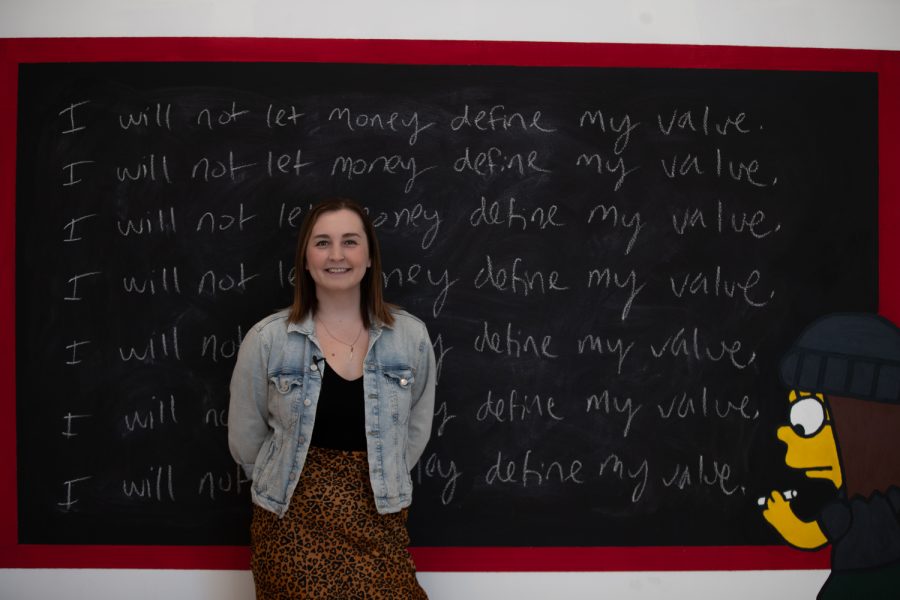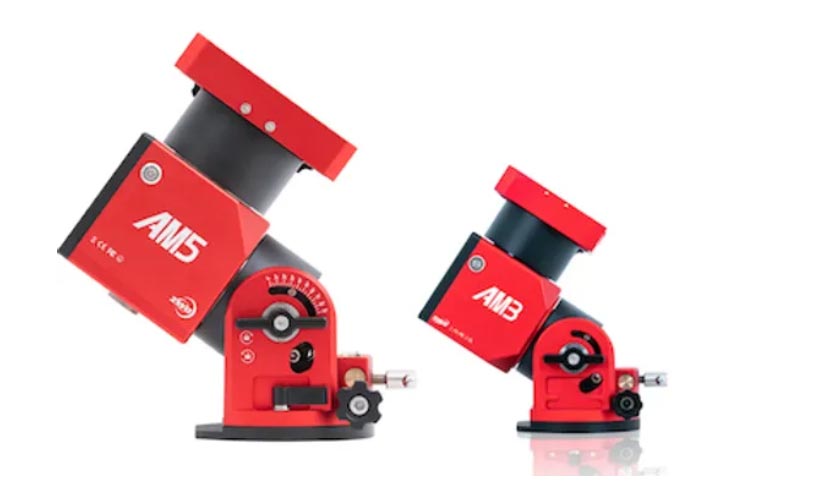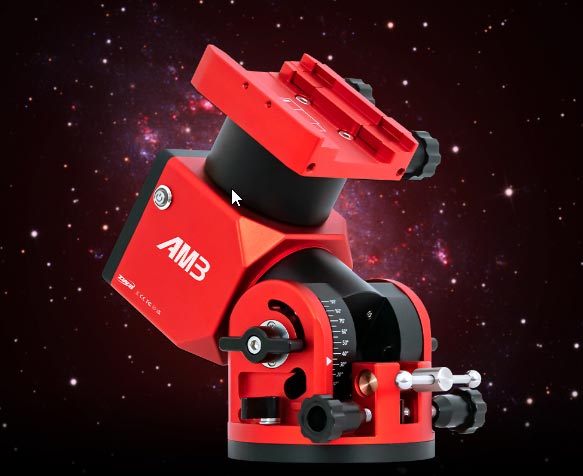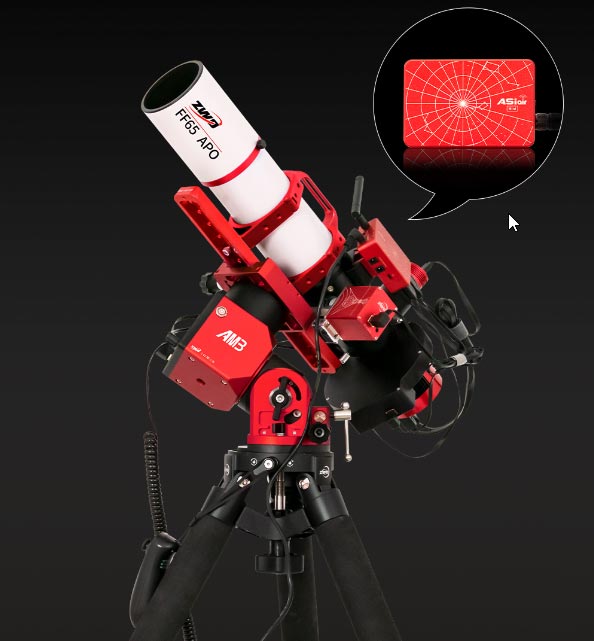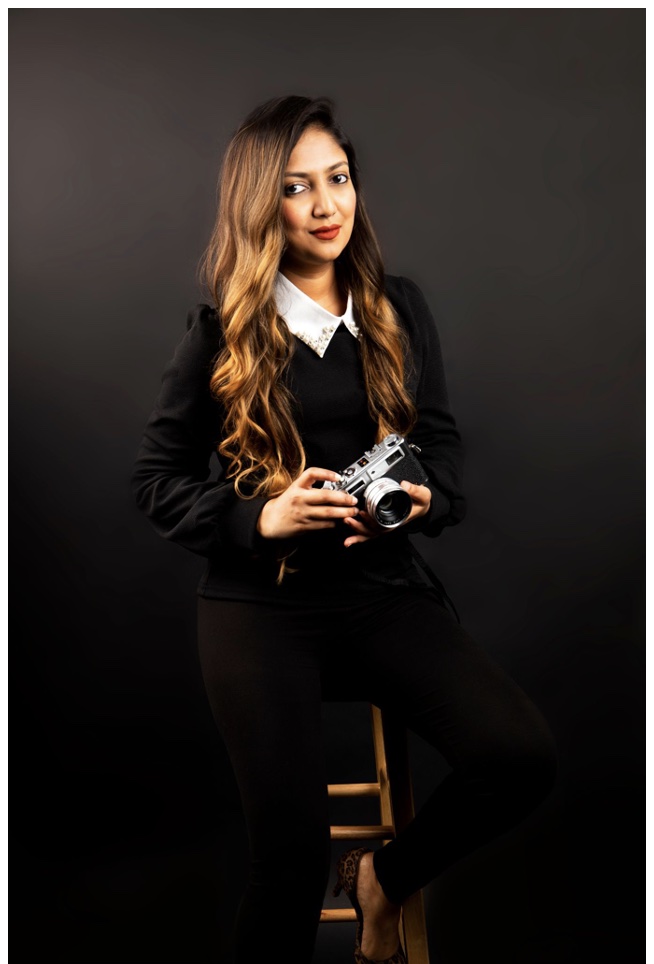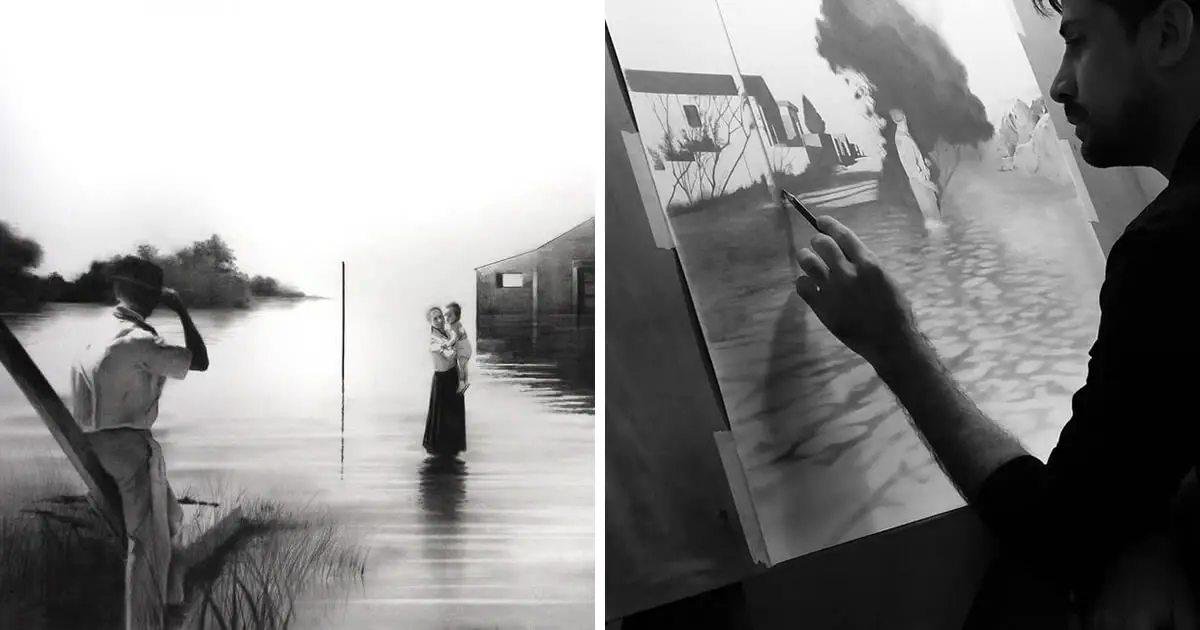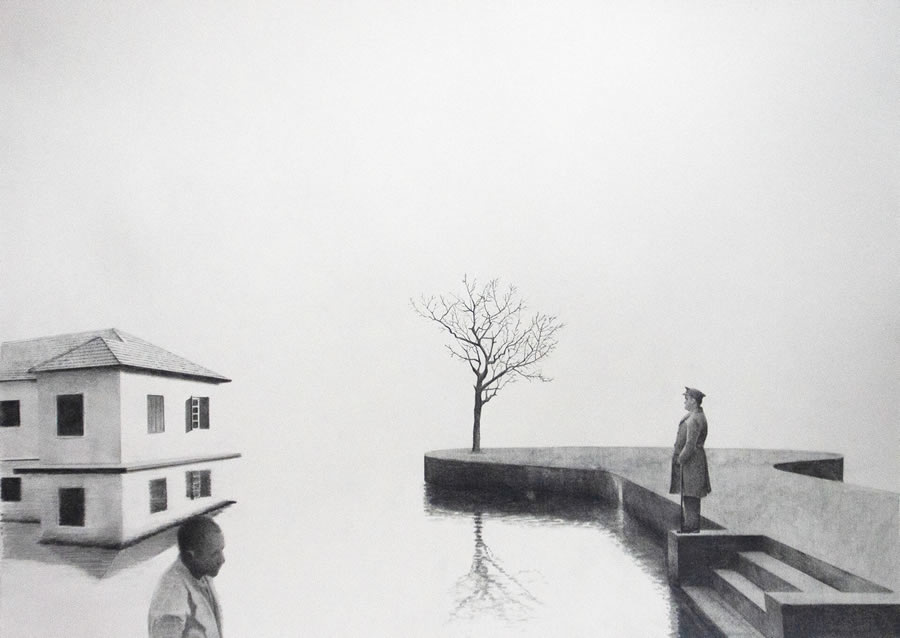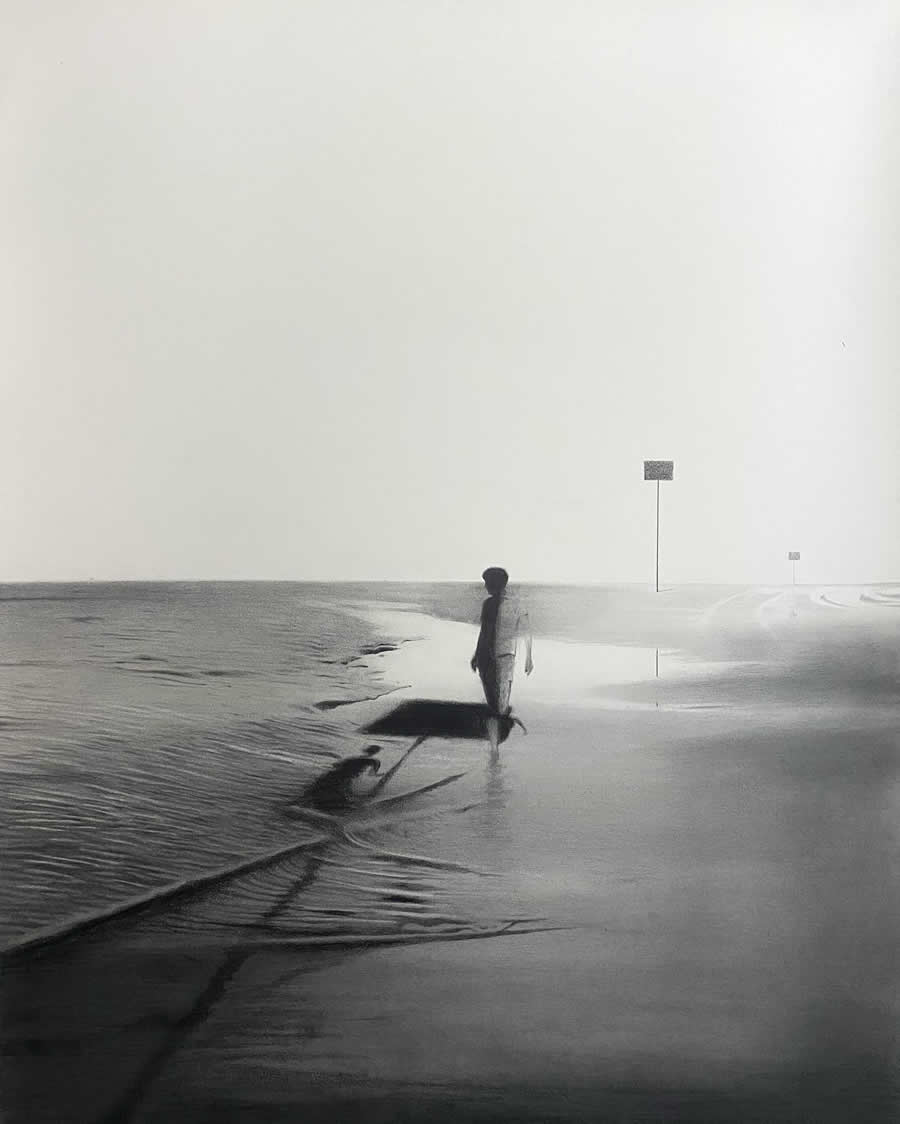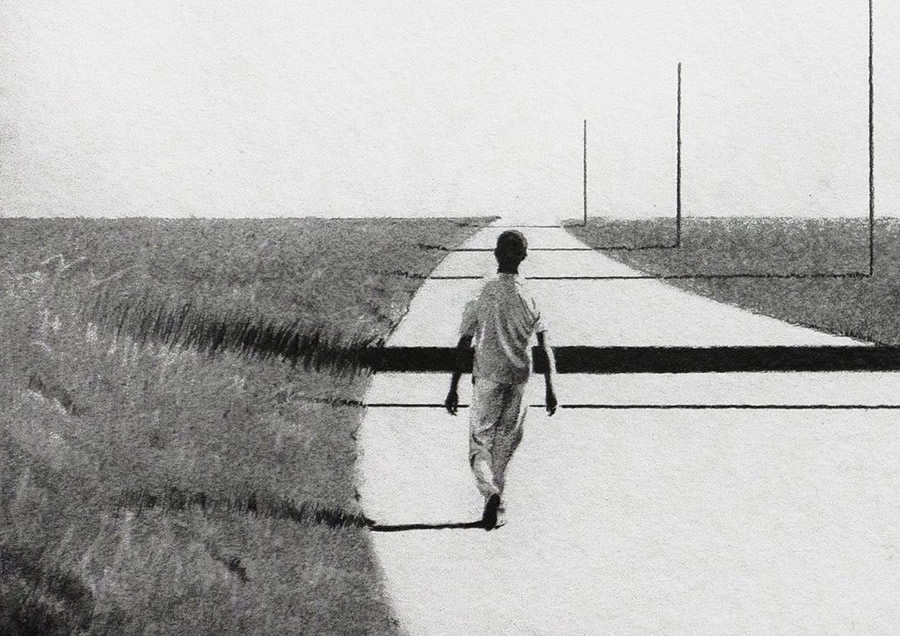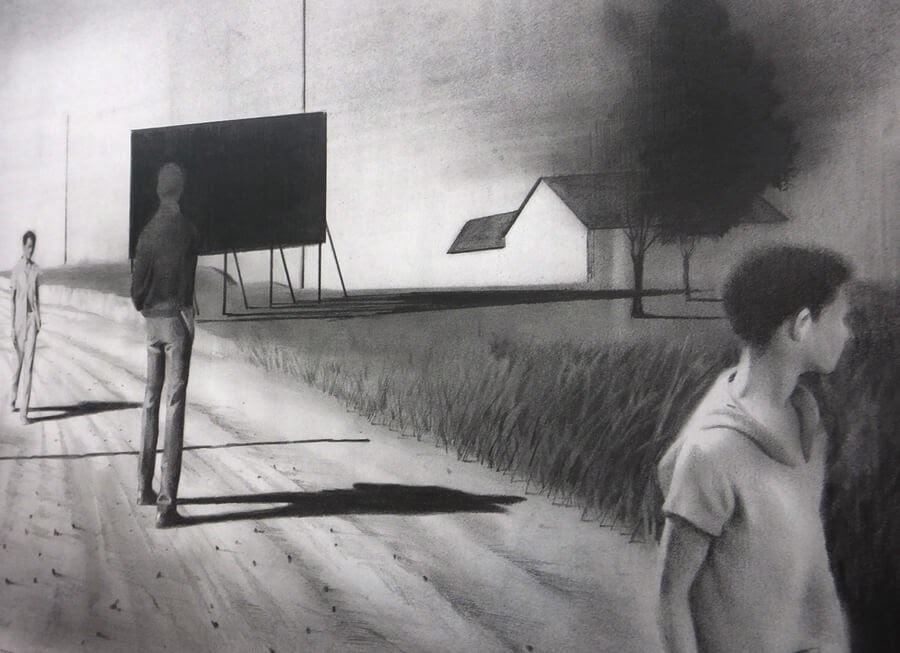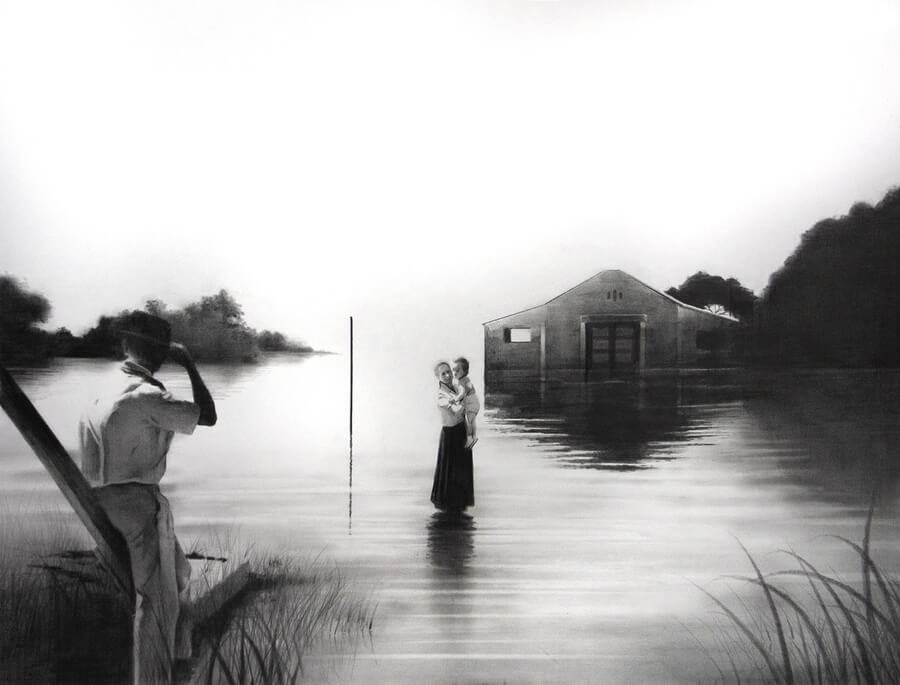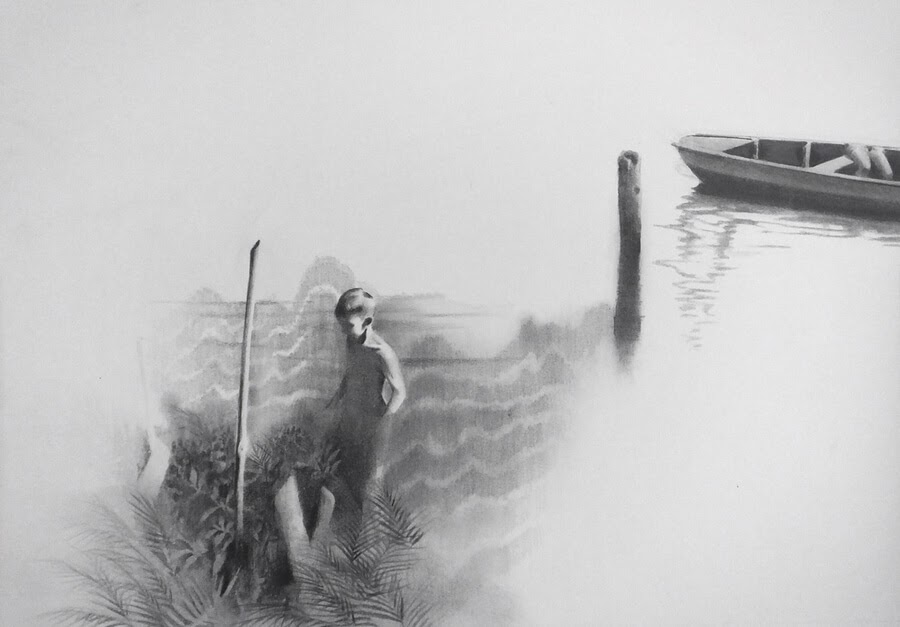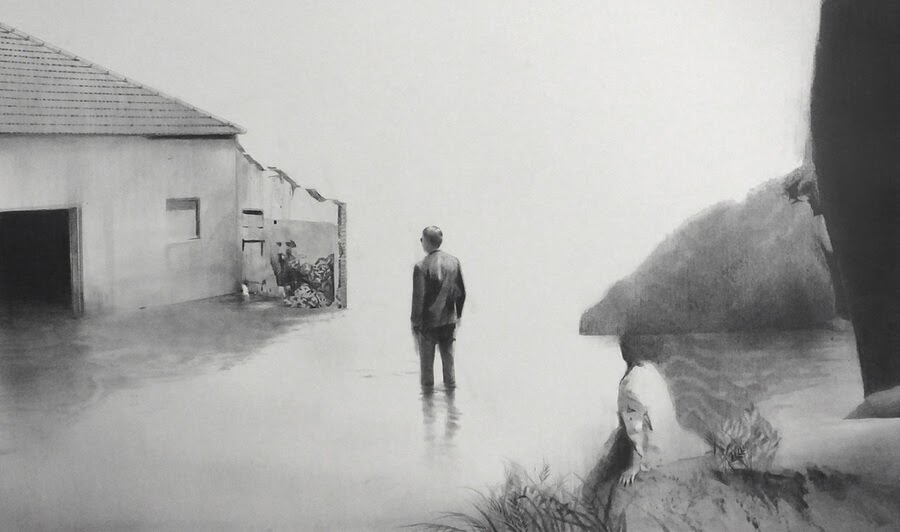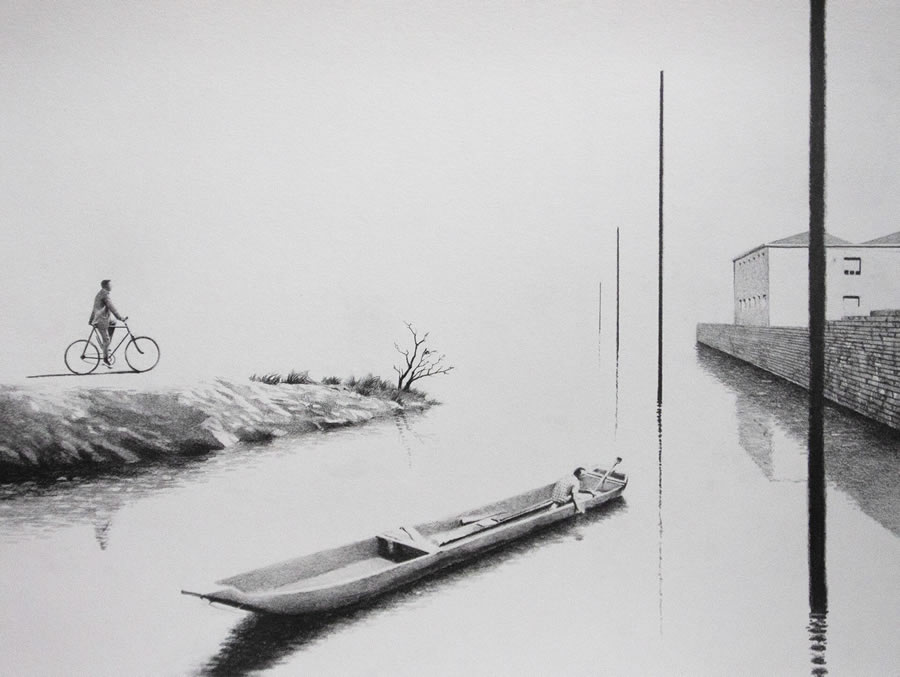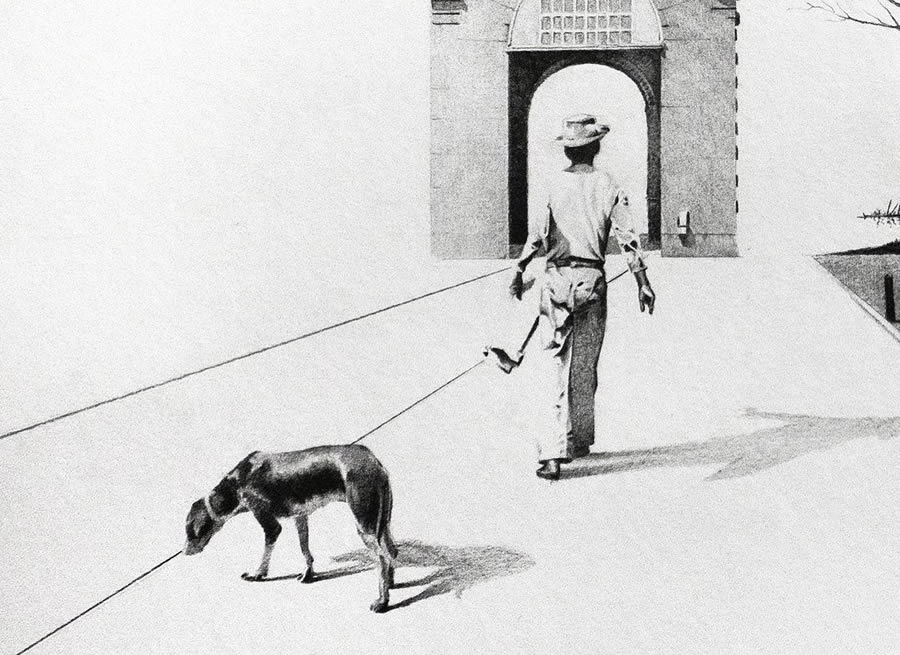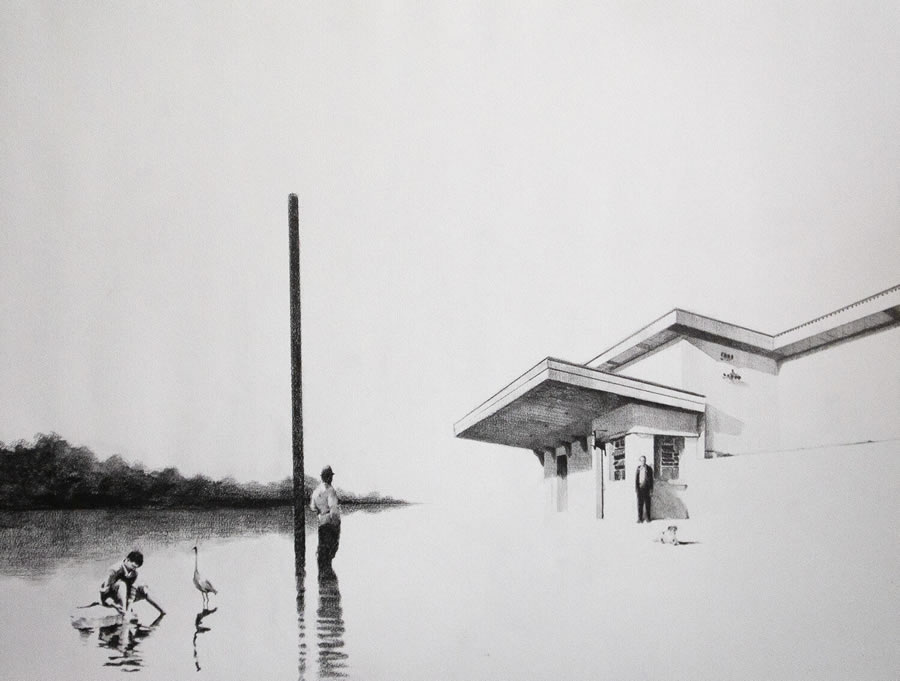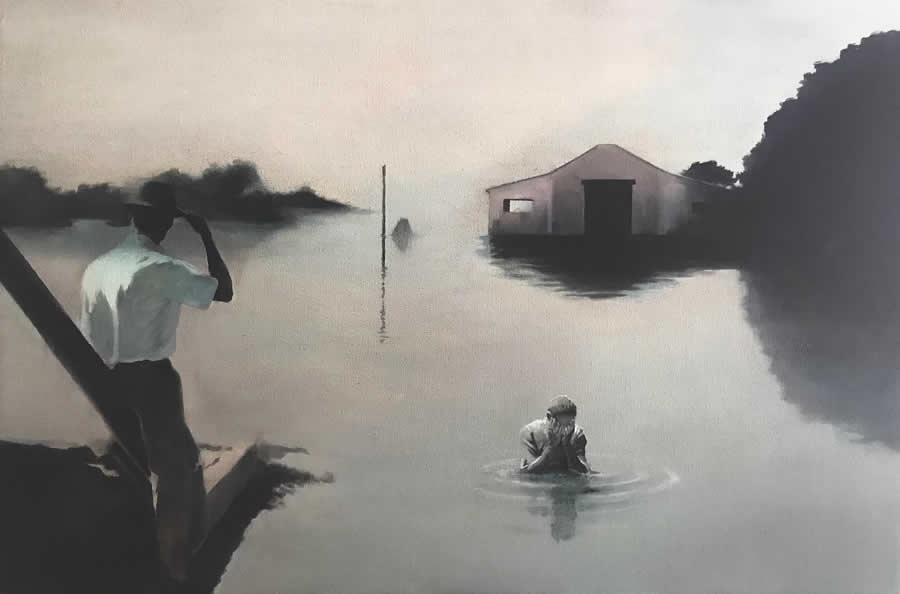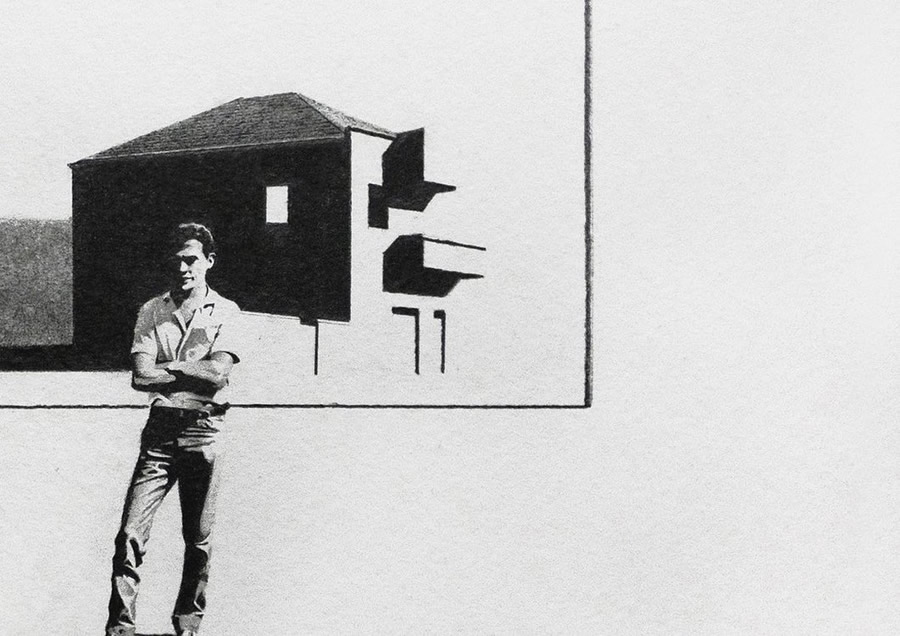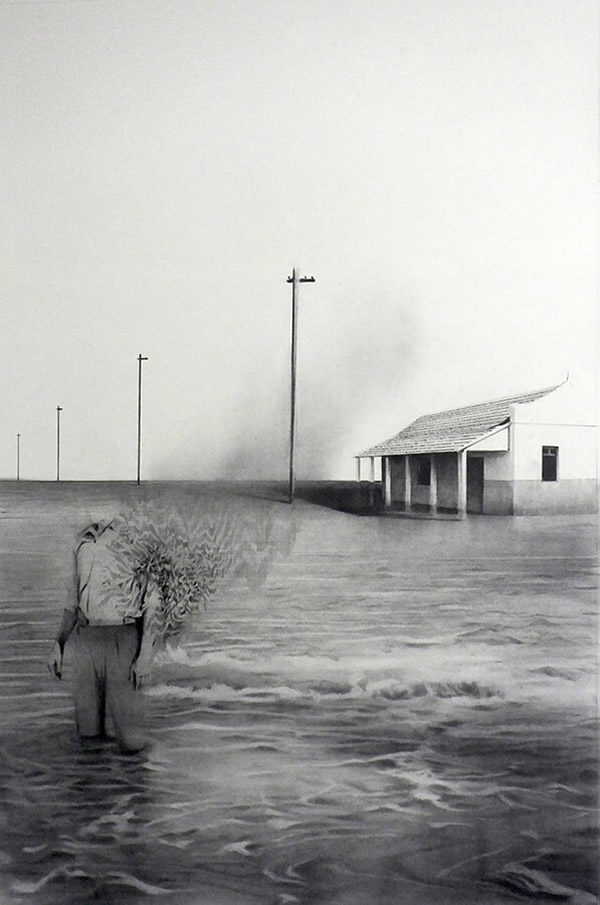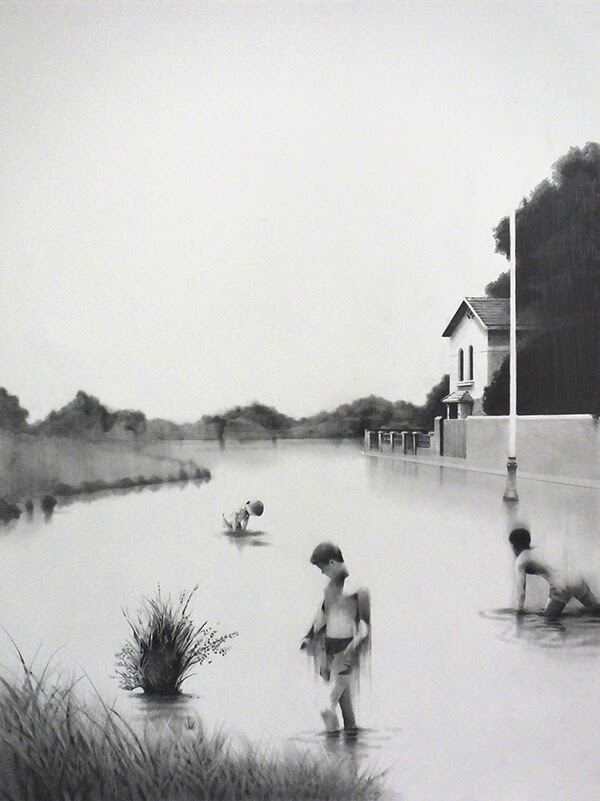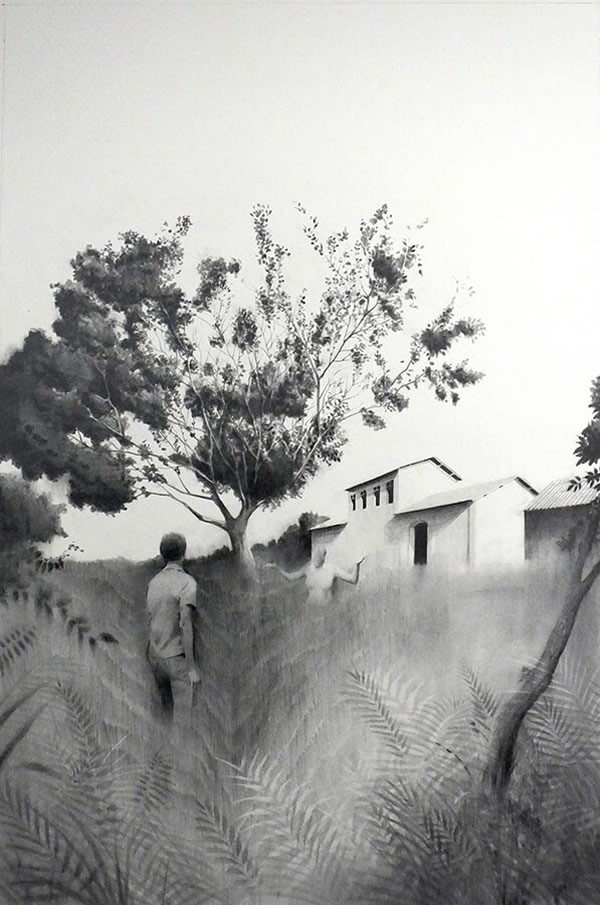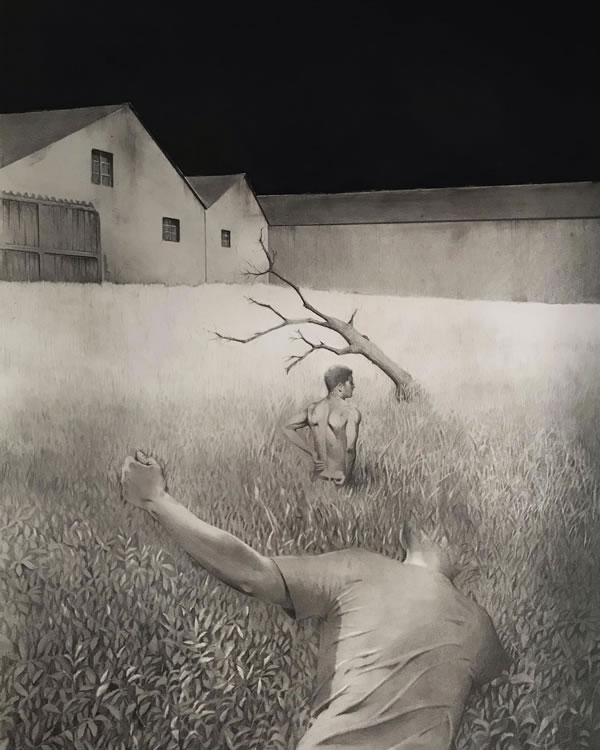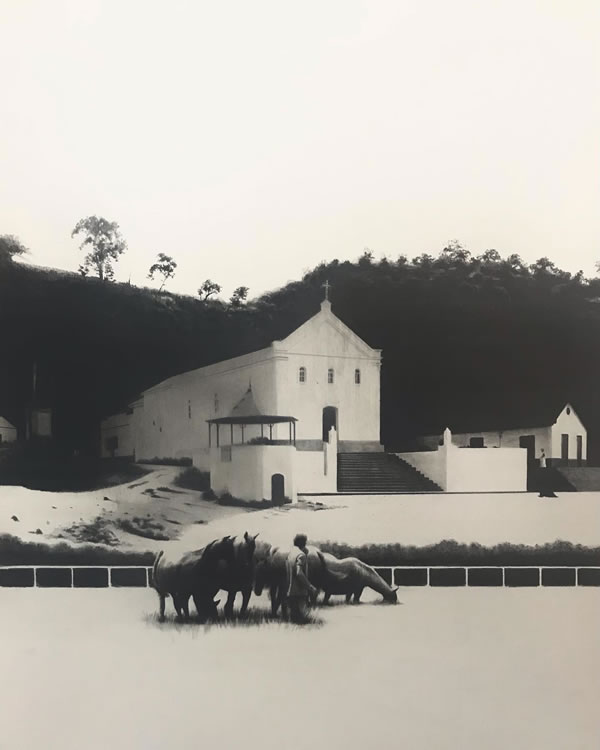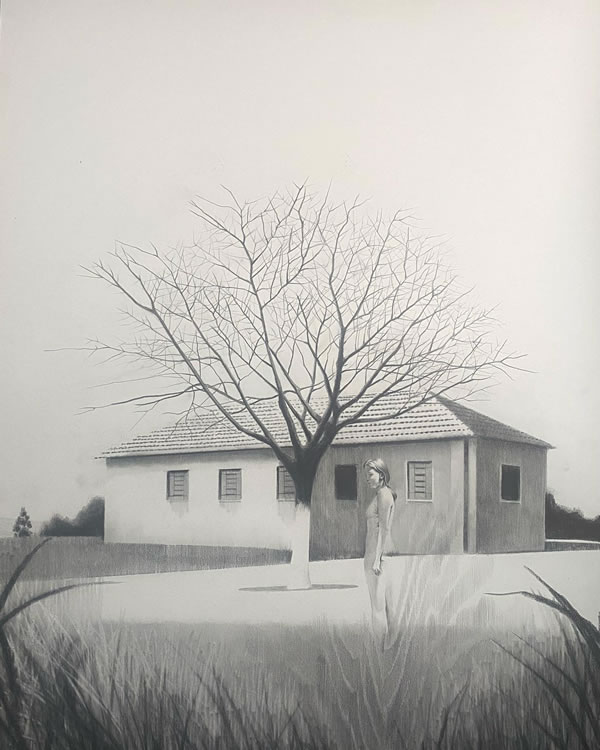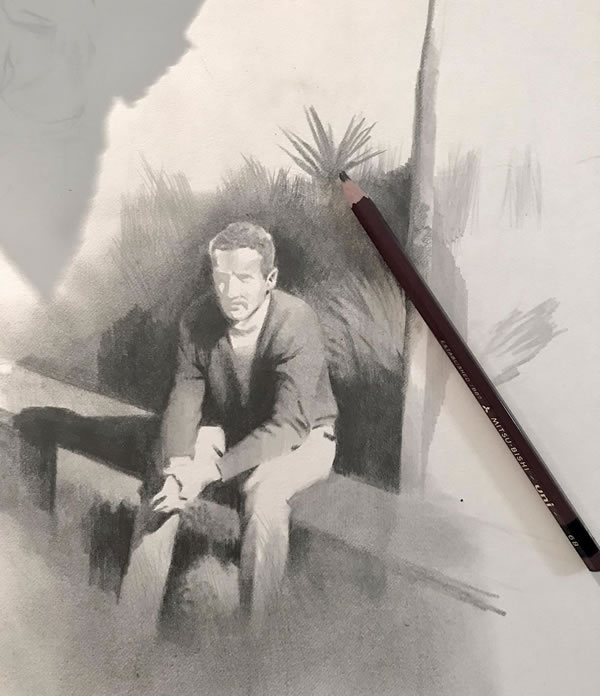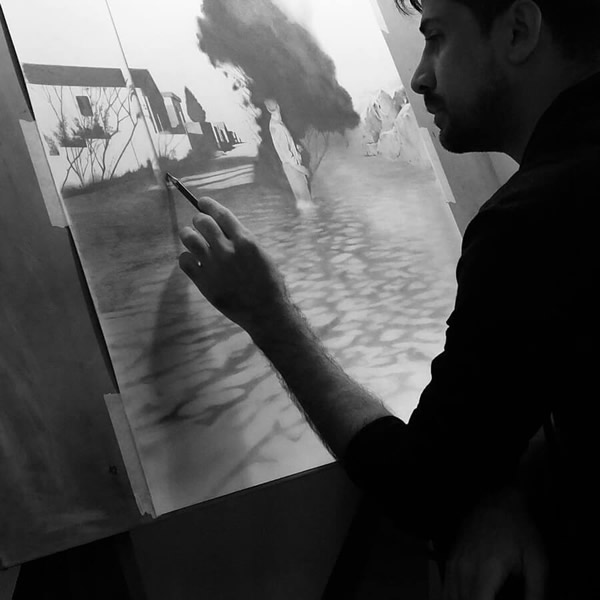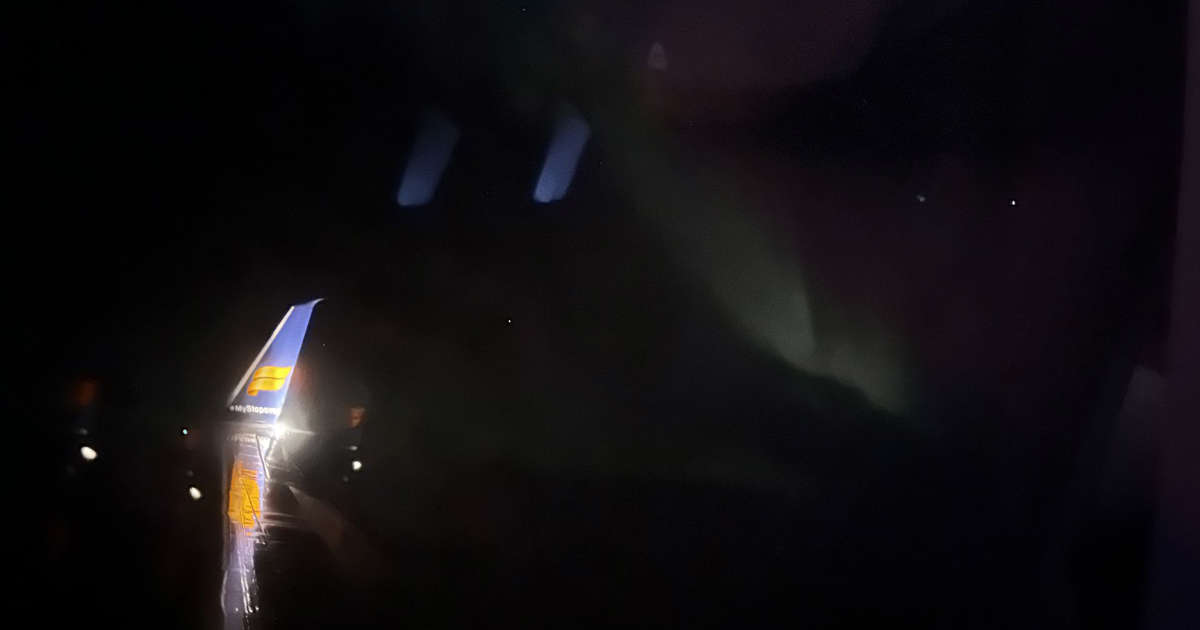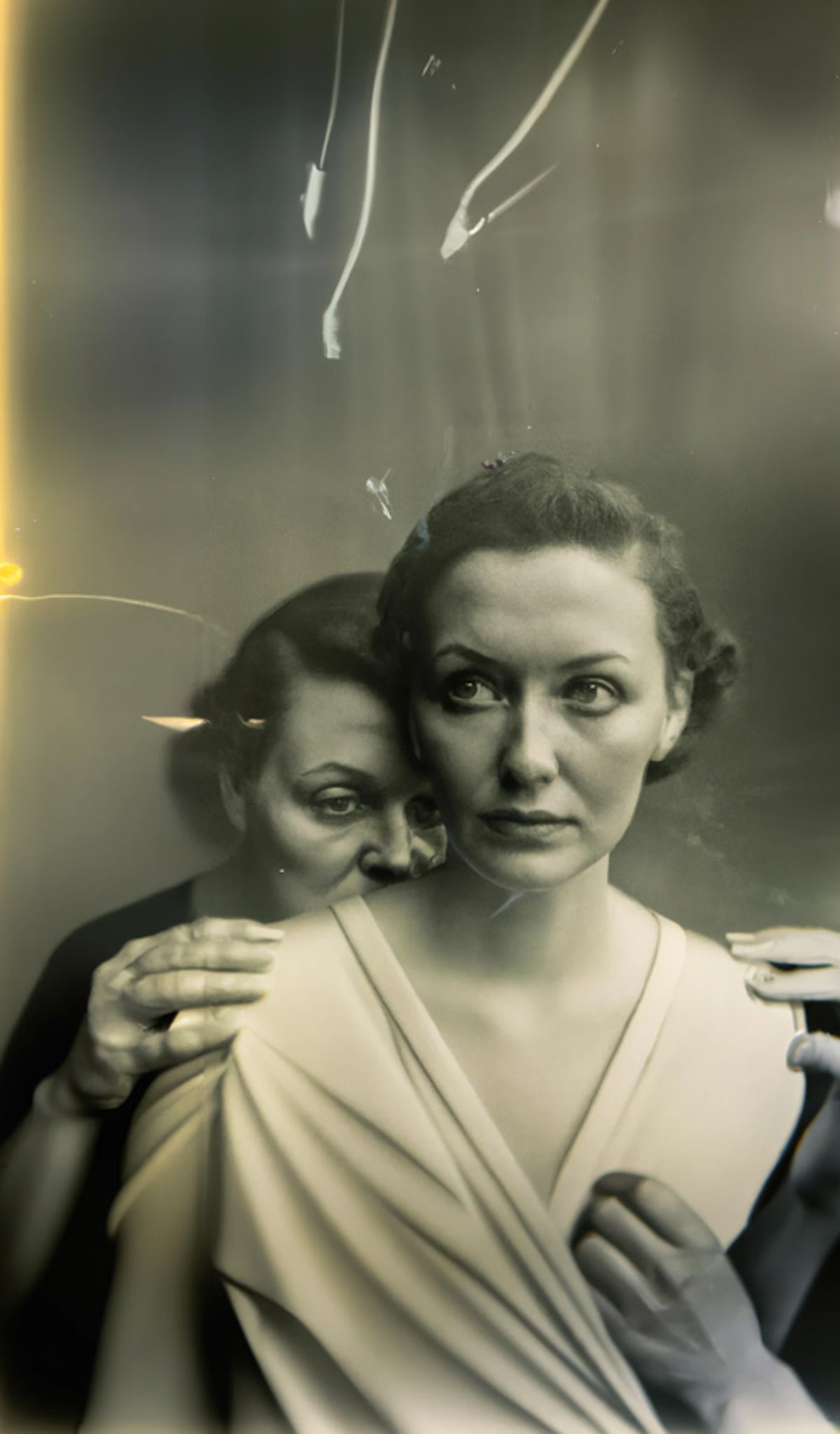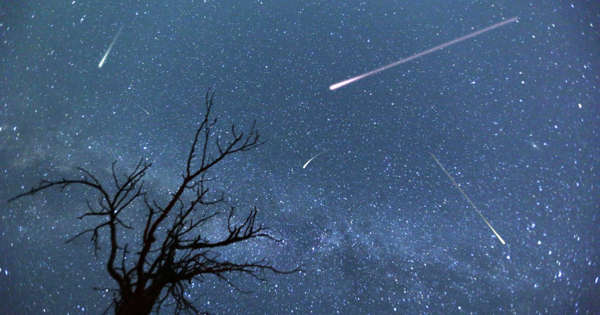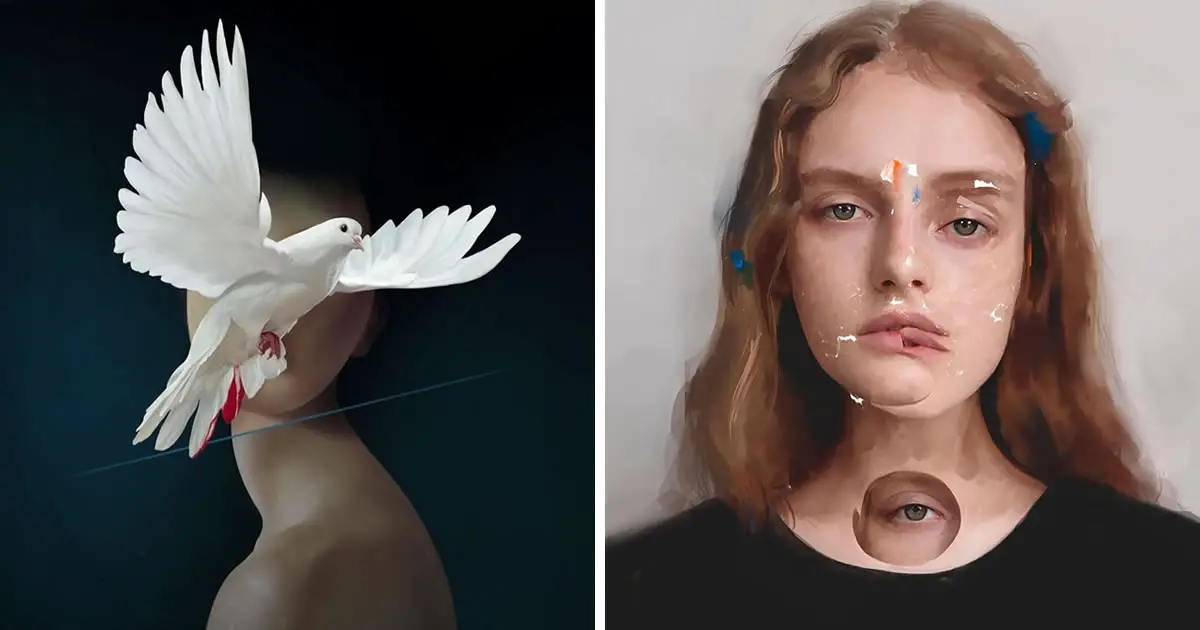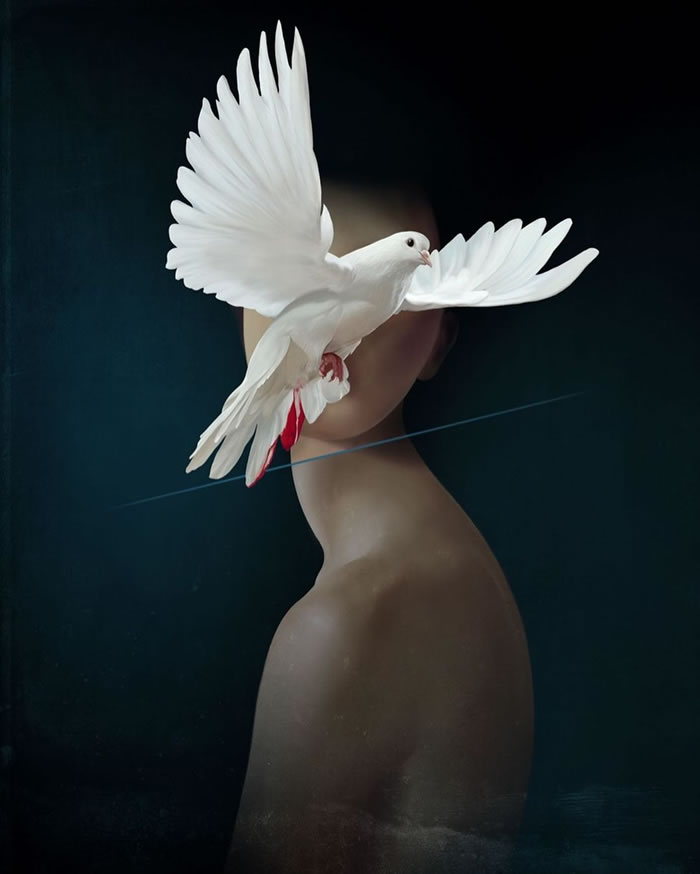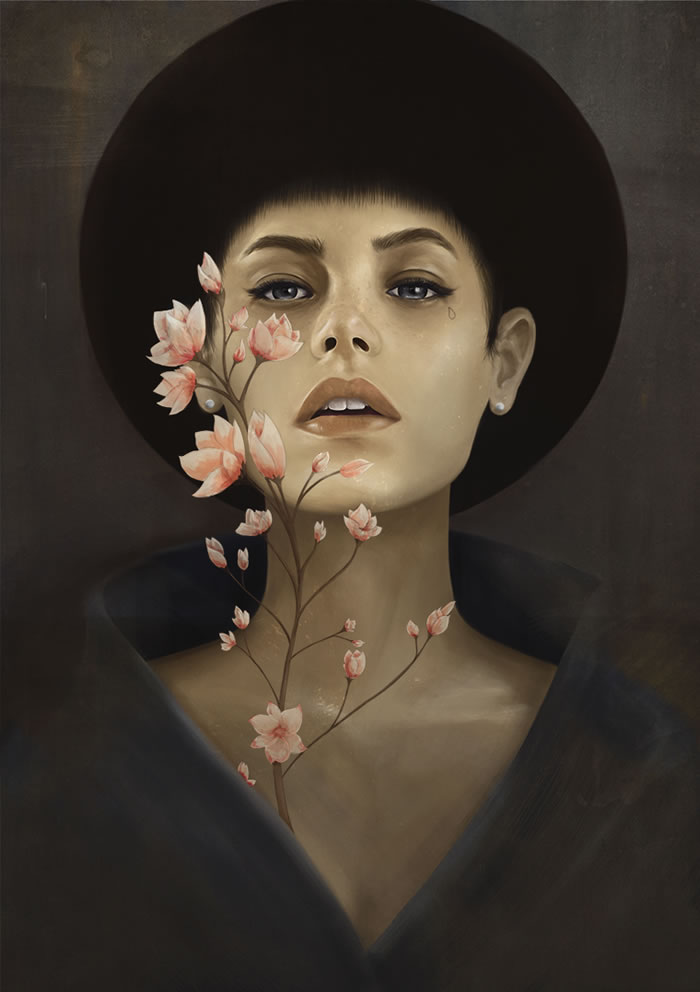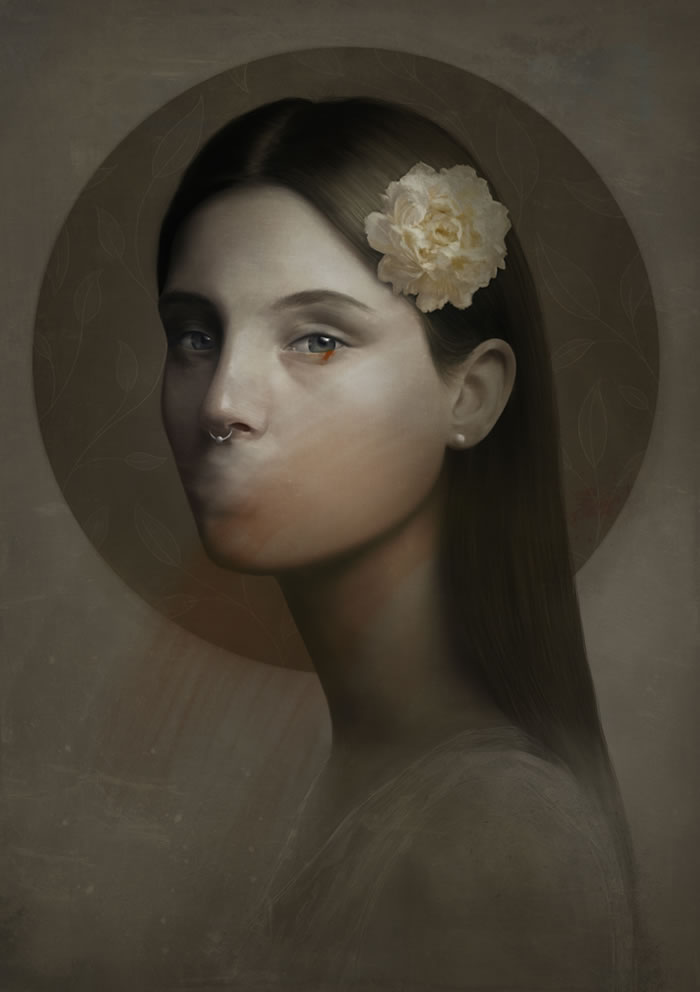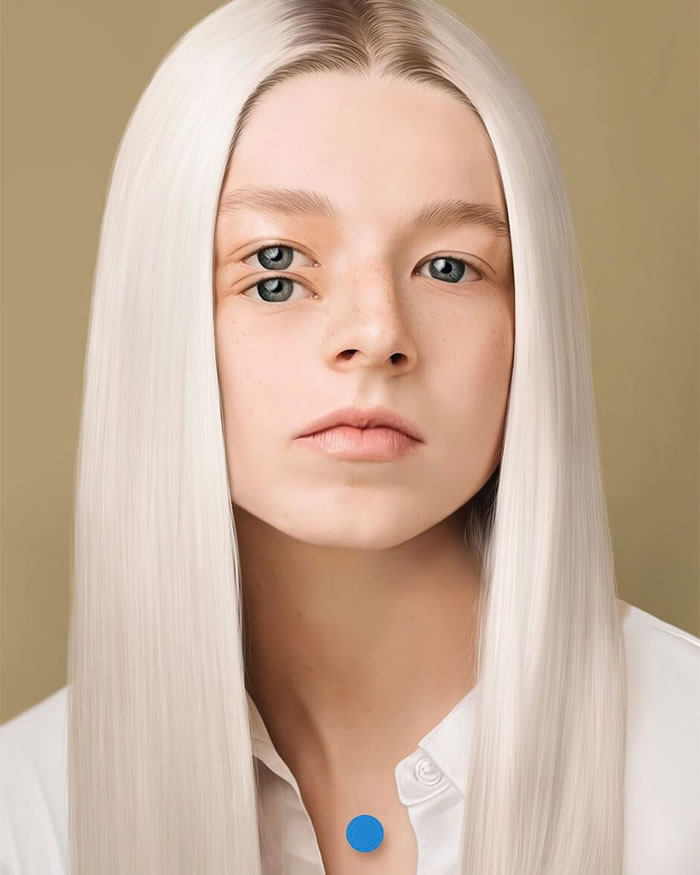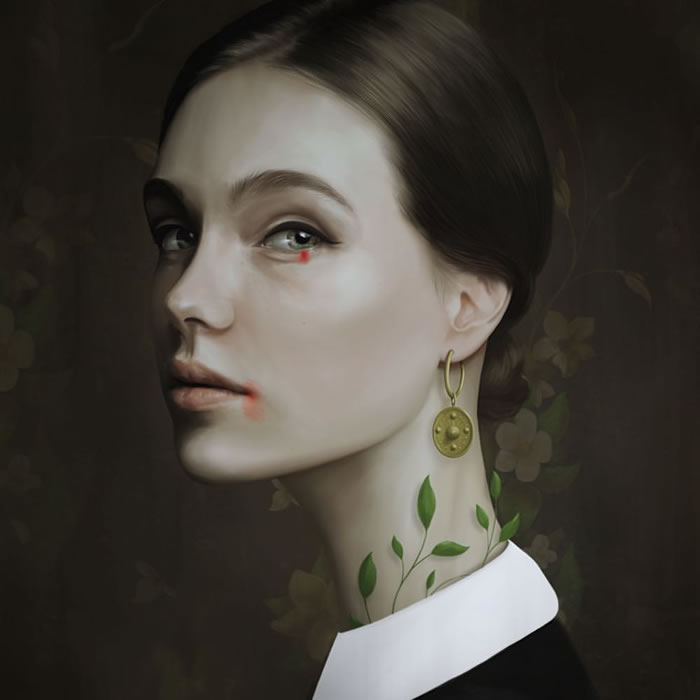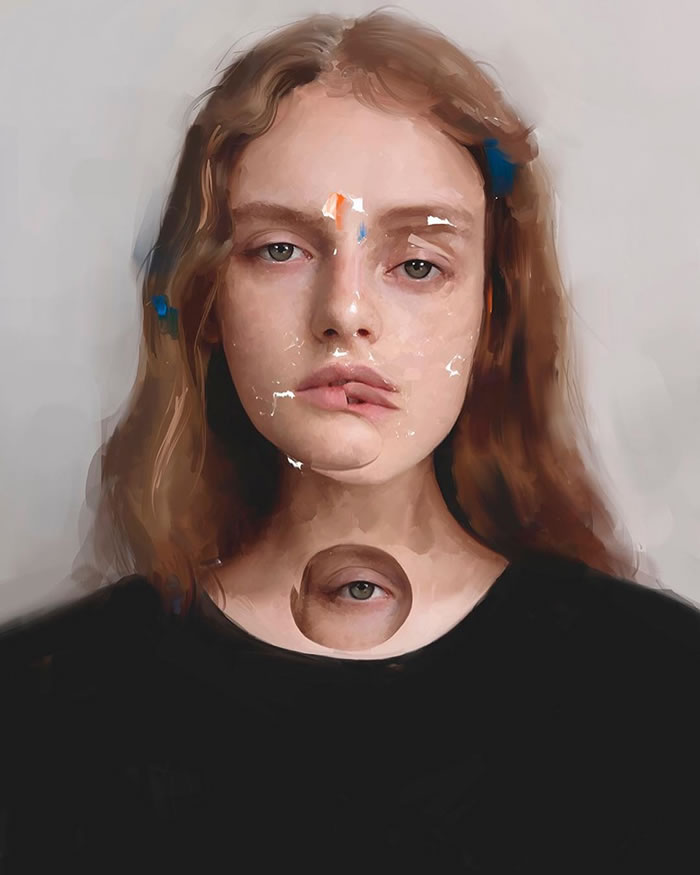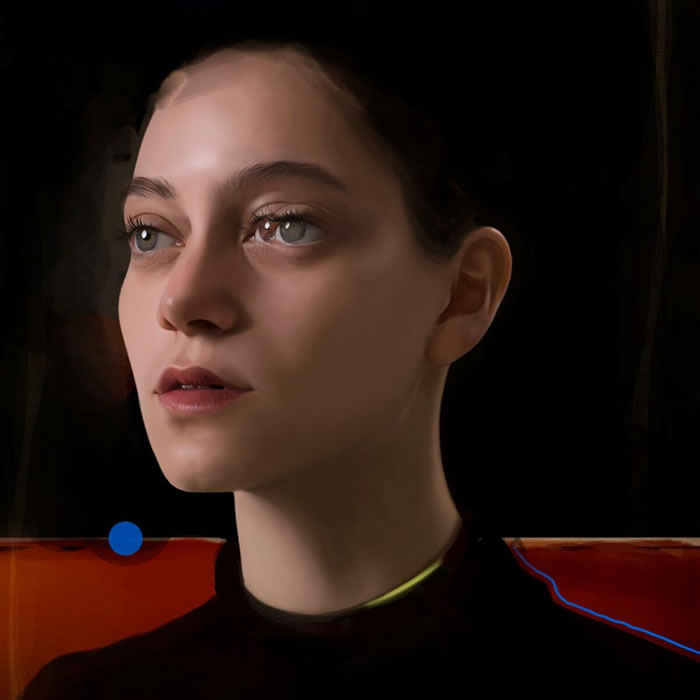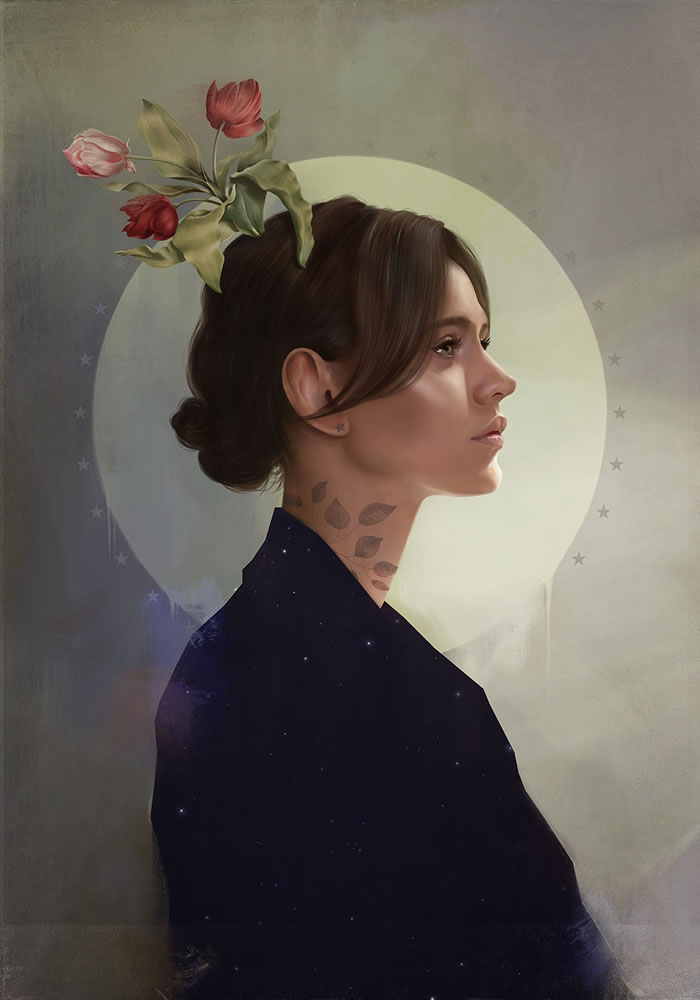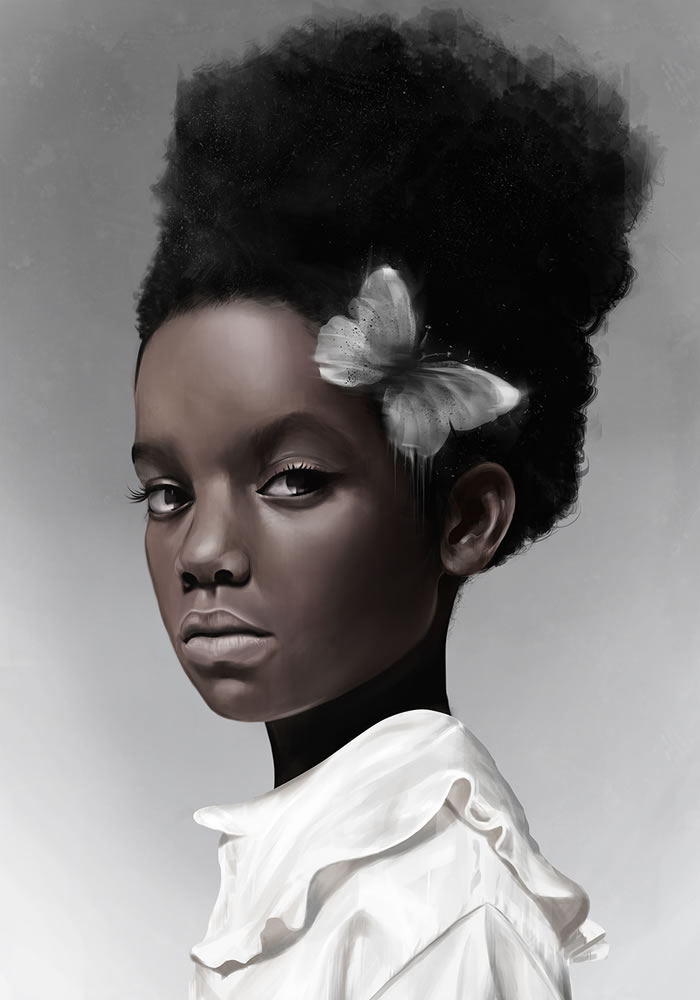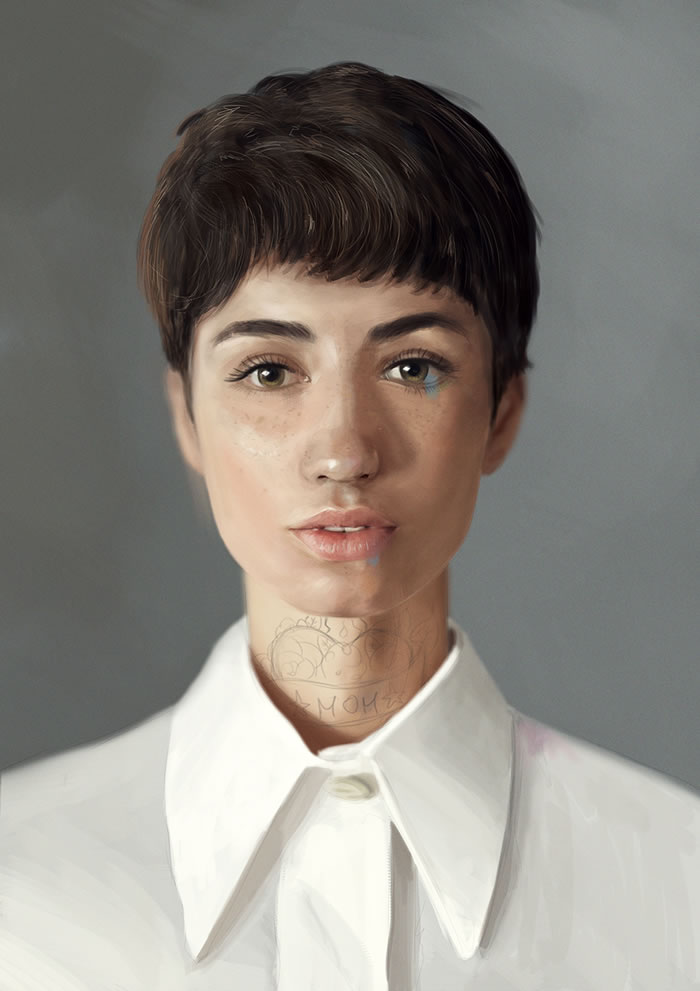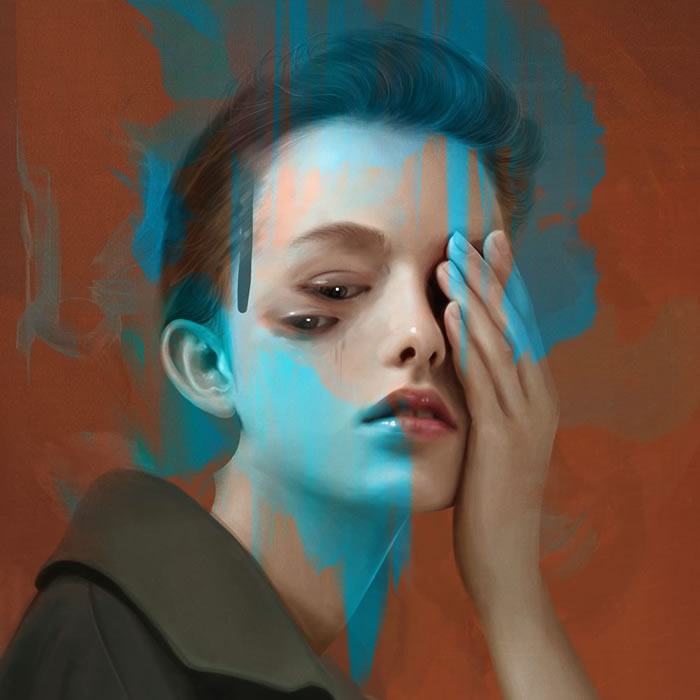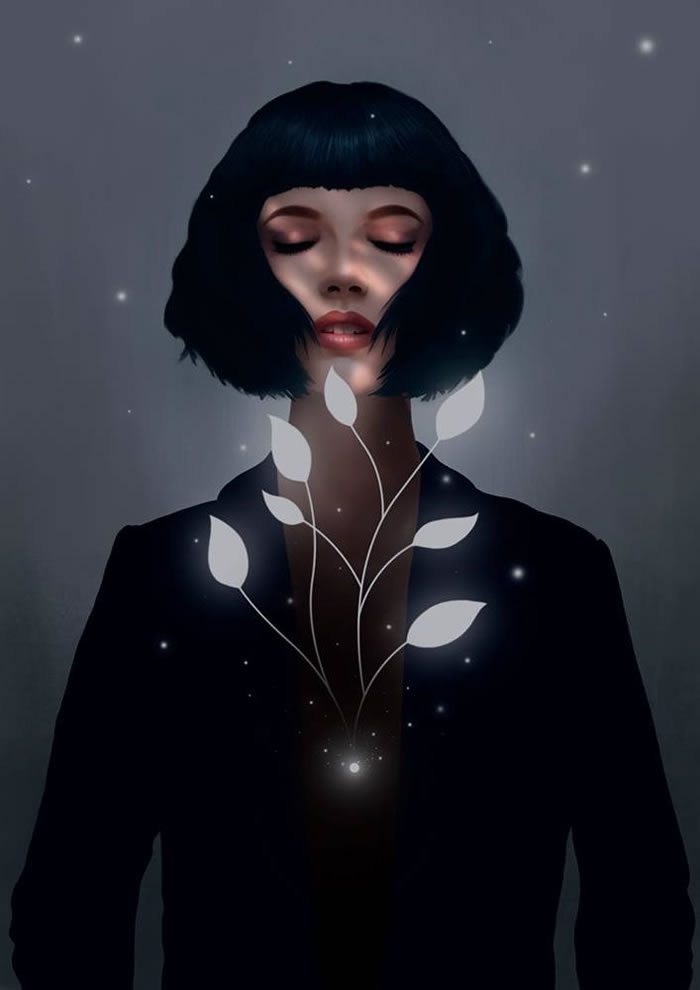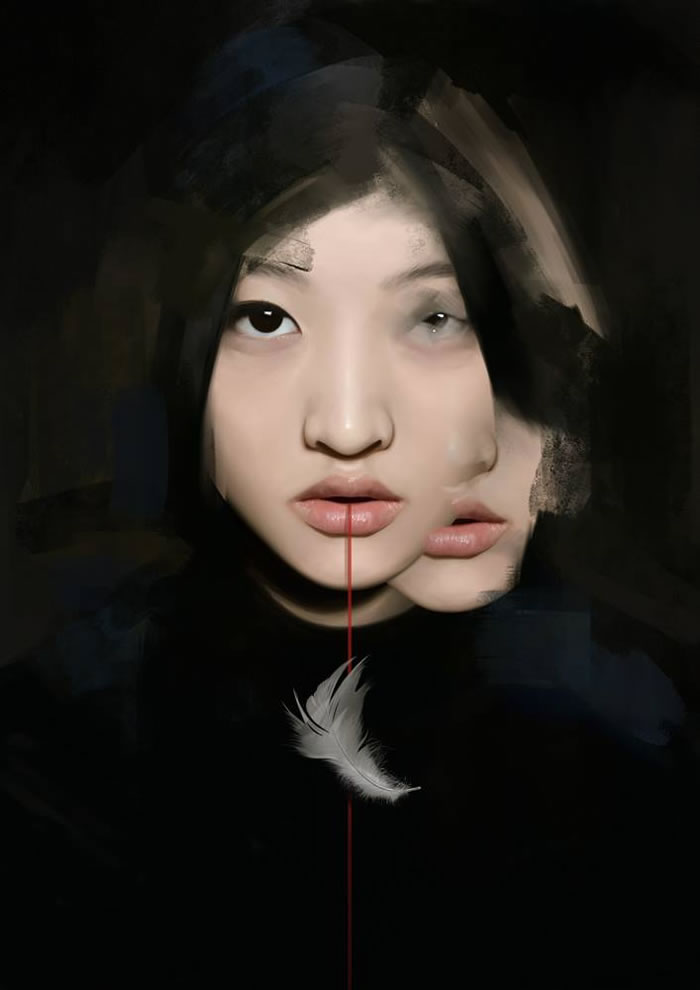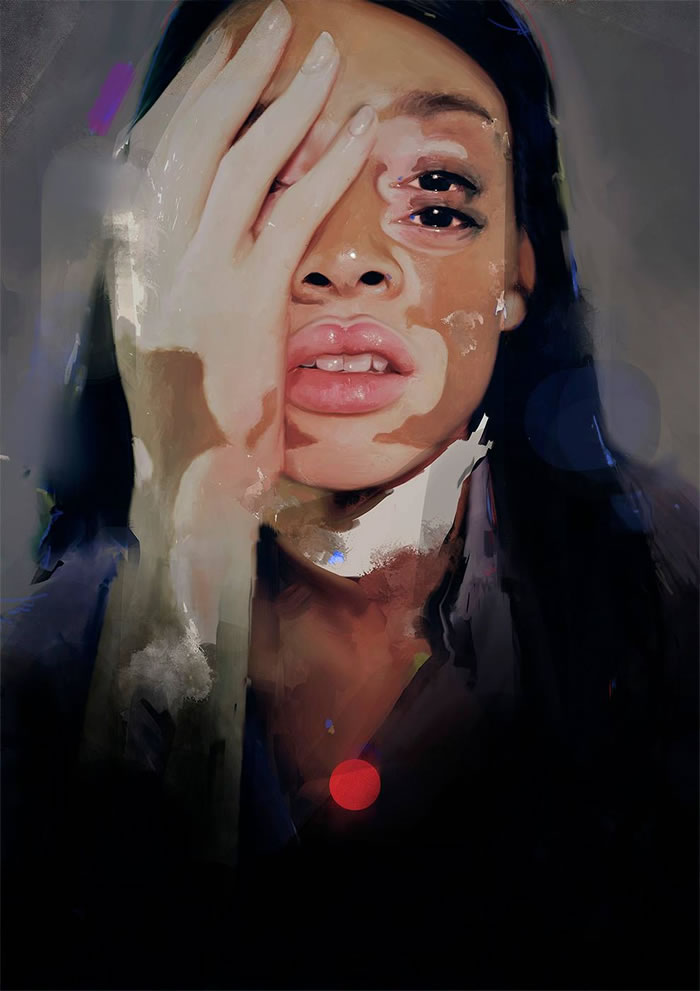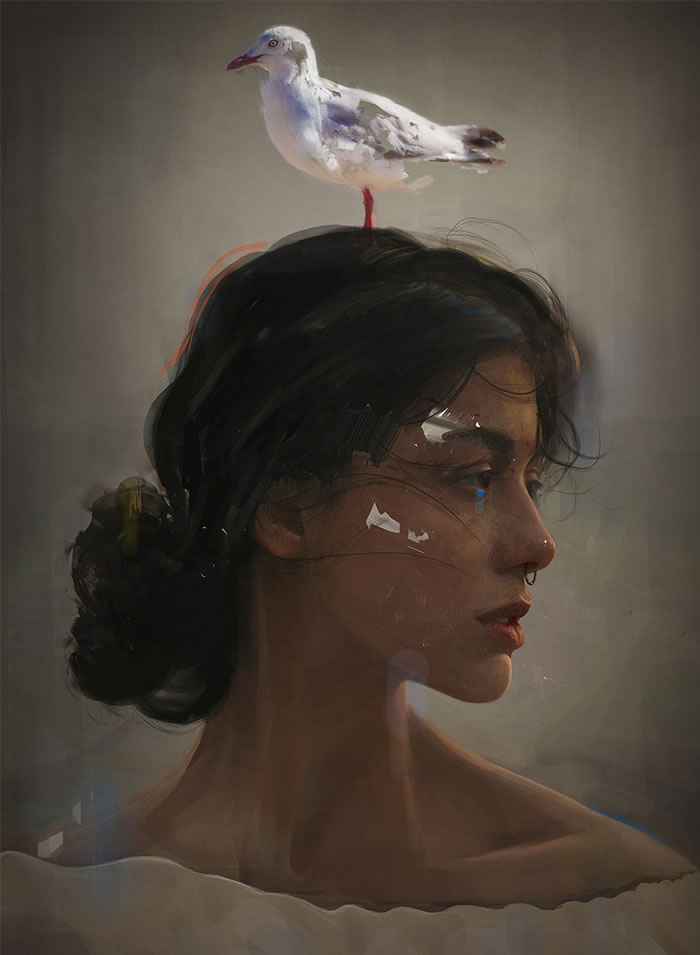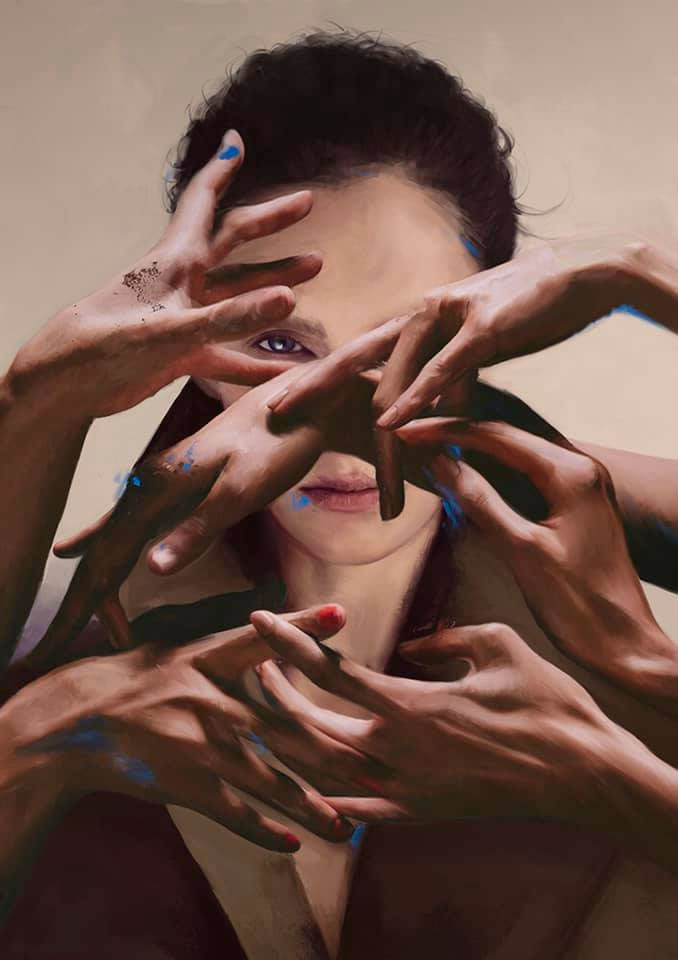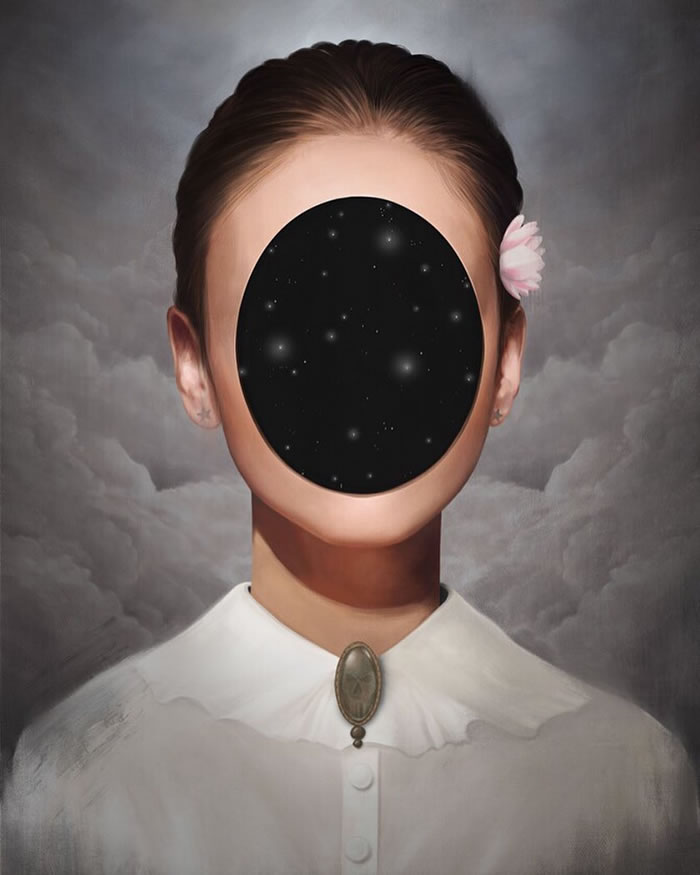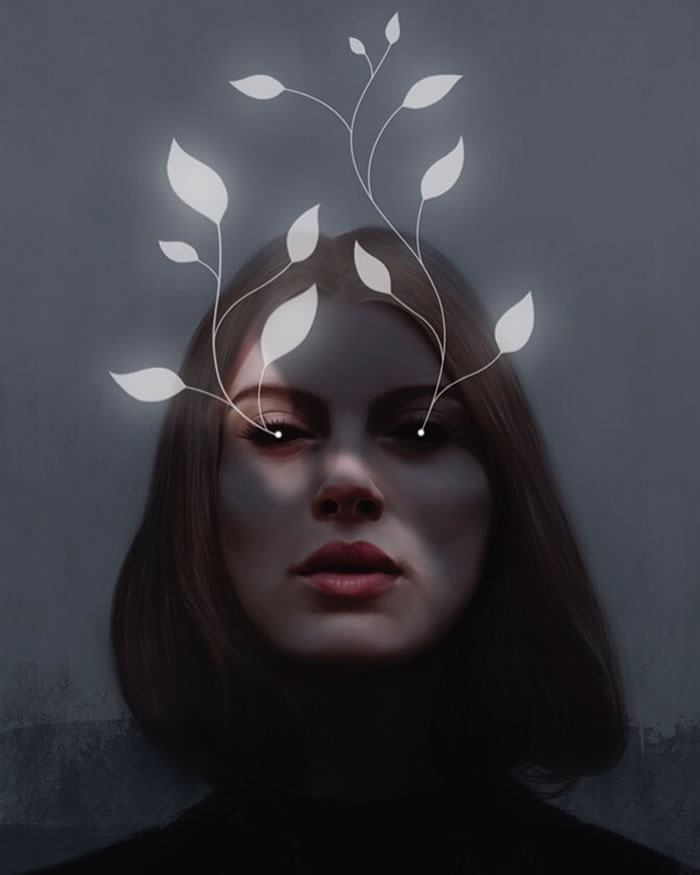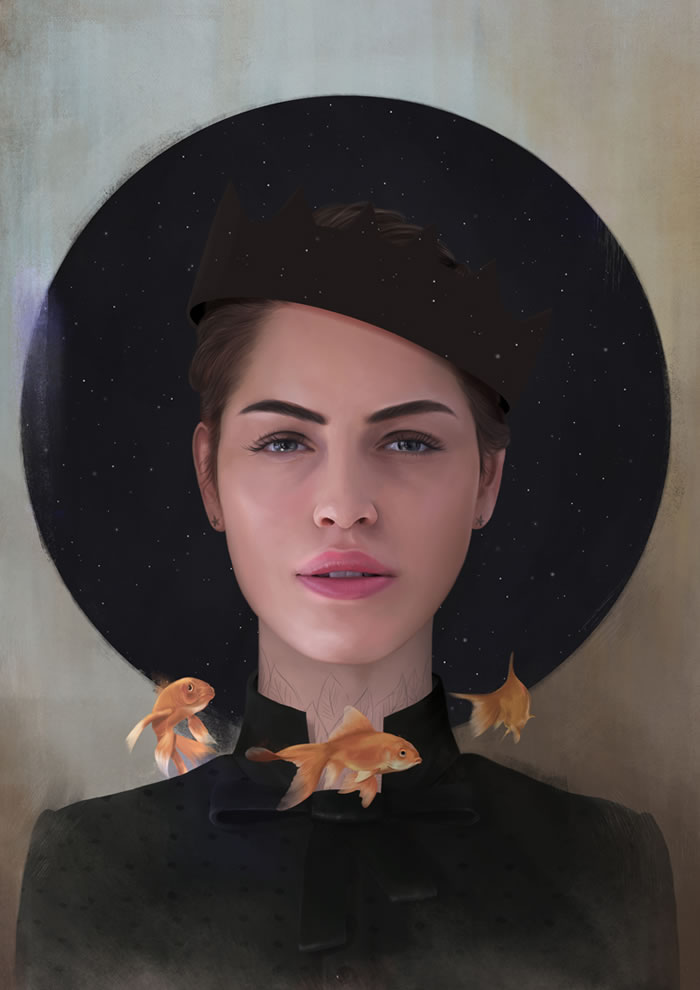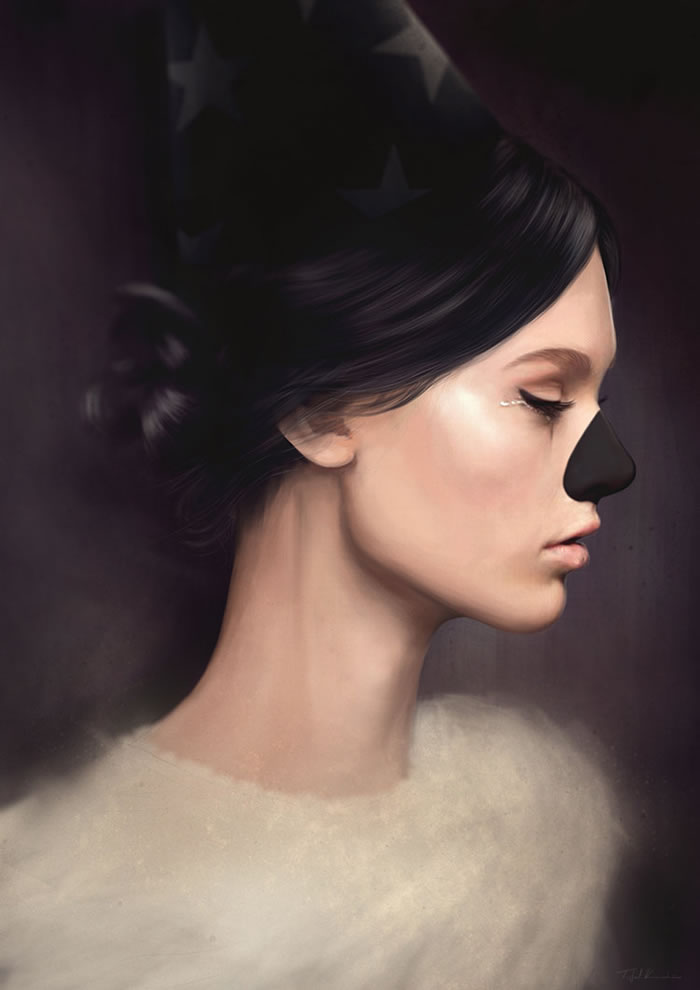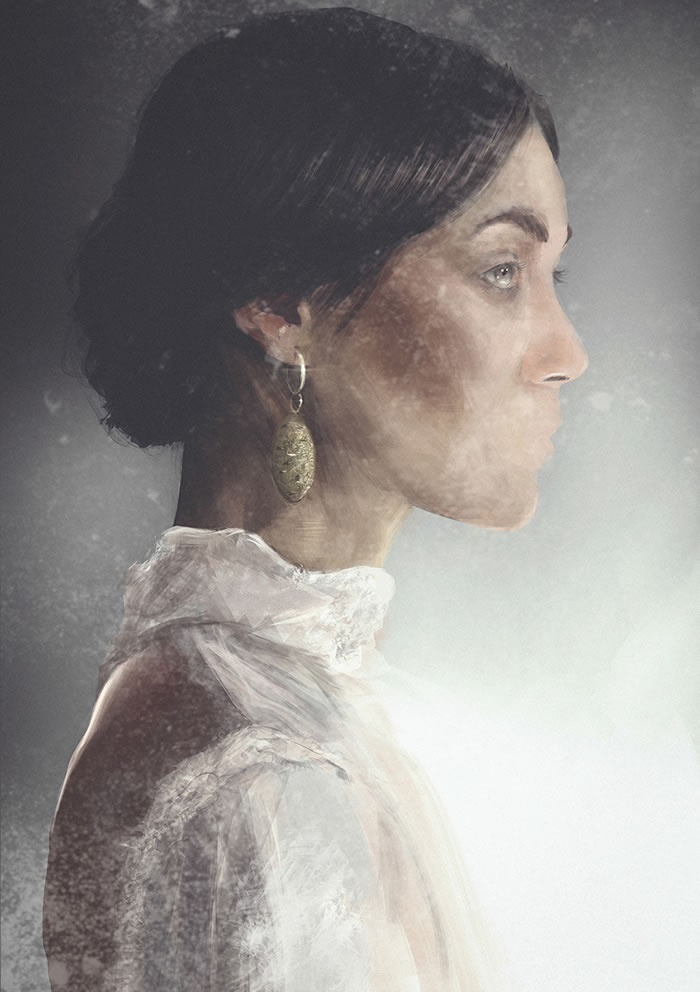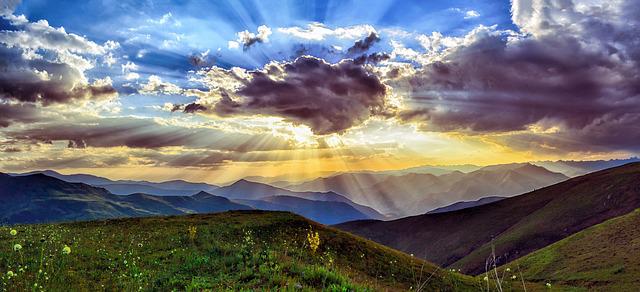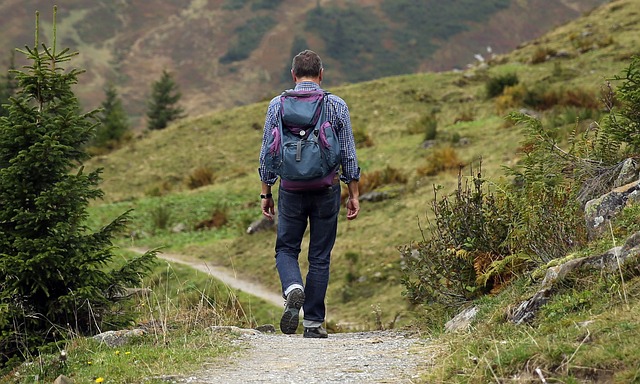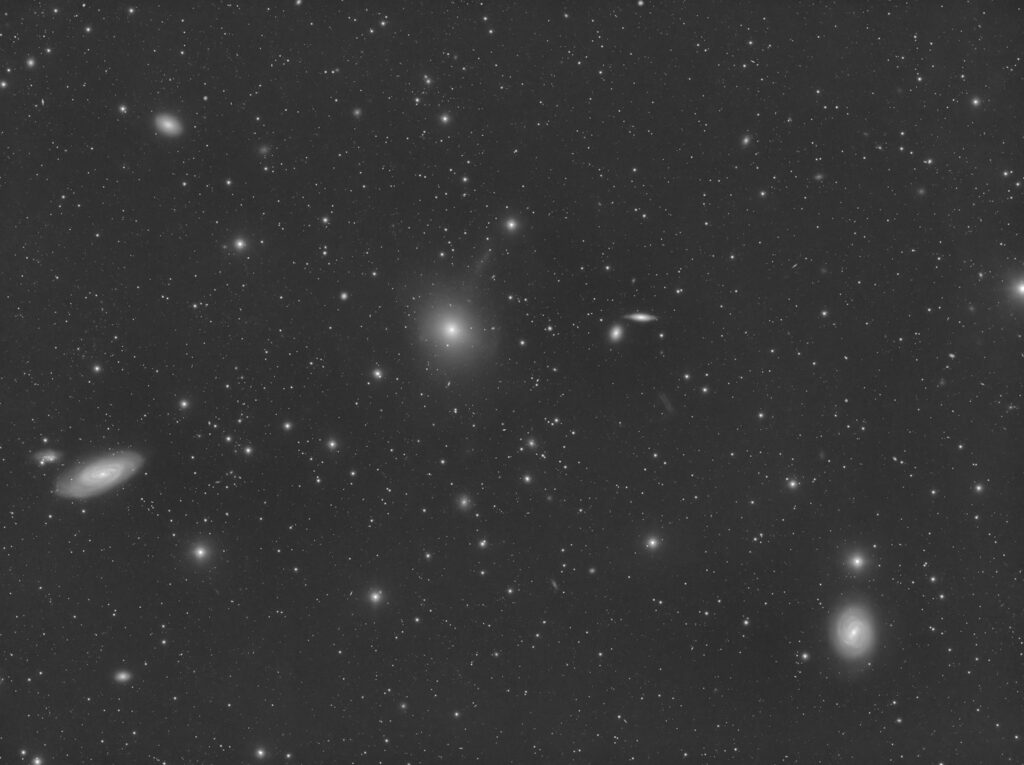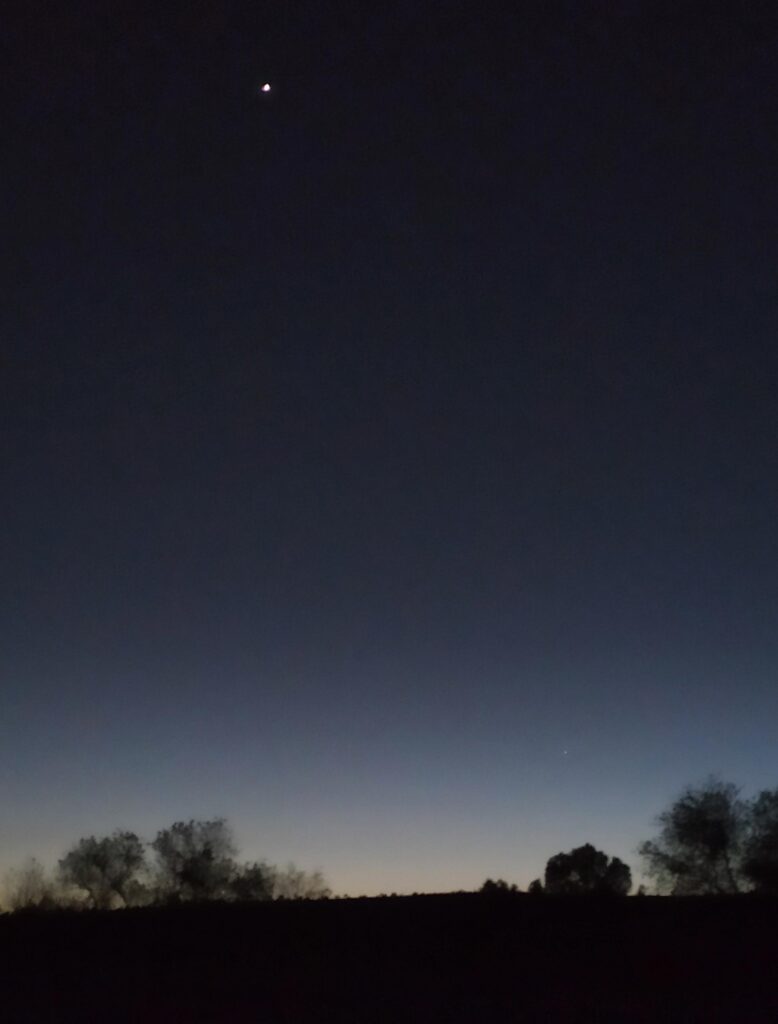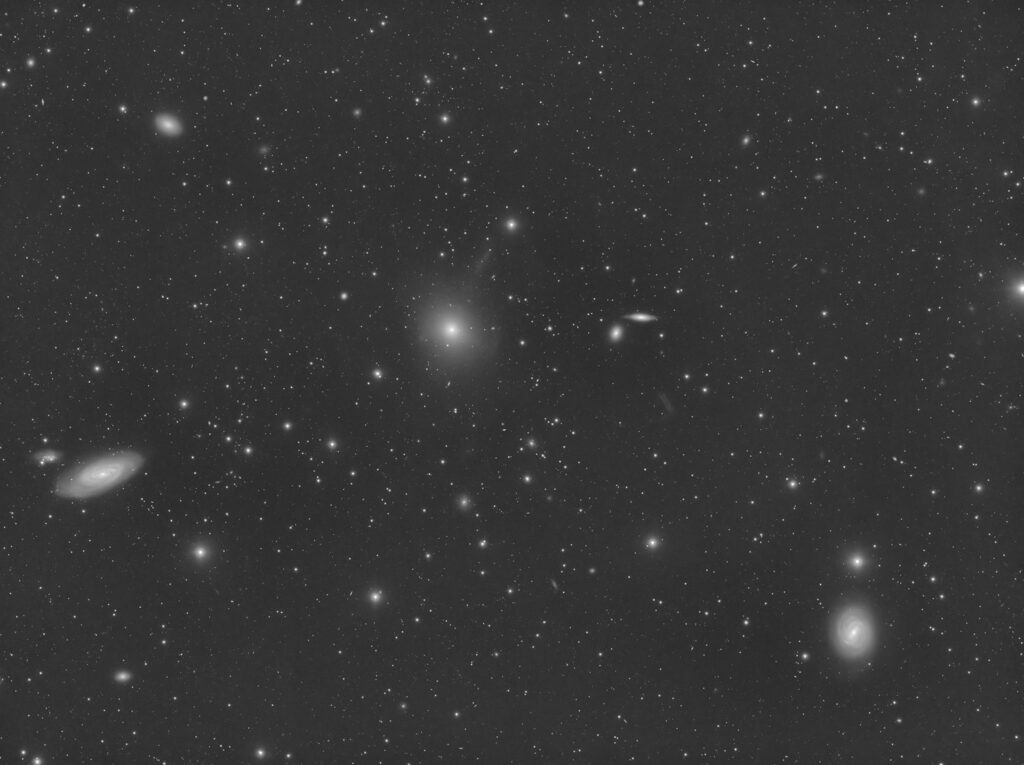[ad_1]
Graphic design MFA candidate Katie Kiesewetter’s exhibition “Gratuitous Hospitality” portrays the body as a job site through emotional labor.
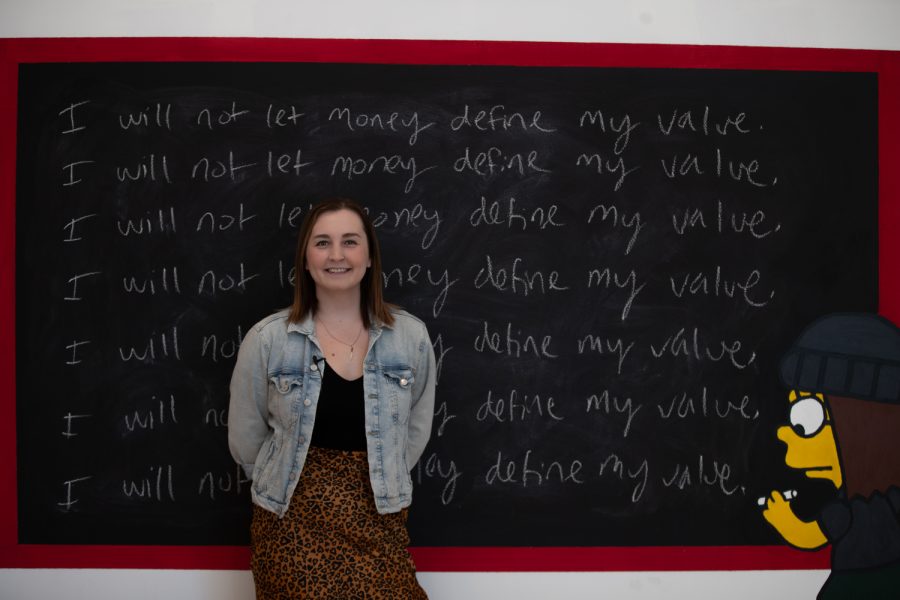
Matt Sindt
Katie Kiesewetter talks about her art in the Visual Arts Building on Friday, April 14, 2023.
The service industry often revolves around tips, with some servers depending on money to stay afloat. For one graphic design student, the focus of her thesis revolved around the exploitation of service industry laborers.
Katie Kiesewetter is a Master of Fine Arts candidate in graphic design with a secondary focus in photography. Kiesewetter, originally from Farmington, Illinois, graduated as a double art and English major from the University of Iowa in 2018, and worked in the service industry before she came back to school to pursue this thesis.
Her thesis exhibition portrayed the body as a job site through emotional labor. The exhibition was displayed through photography, projections, and 3D art.
Presented at the Visual Arts Building gallery, “Gratuitous Hospitality” was open for viewing April 10-15.
“Art allows me to investigate things that I’m going through. The photographs that I made explore what care work and emotional labor means to me and what it means to internalize one’s labor,” Kiesewetter said. “And even though you may leave work, the work doesn’t leave you. It’s sketched on your body.”
Kiesewetter said she is pursuing the performative aspects of labor; specifically, the exploitative nature of tipped work and hospitality. When first entering the exhibit, viewers are met with a mural of a cartoon character in the style of “The Simpsons” writing “I will not let money define my value” on a chalkboard. To the right of that was Kiesewetter’s 40-page in-depth written thesis.
“I wanted to make work that could relate to people,” Kiesewetter said. “When I make, I make for joy, but I also want to ensure that what I’m doing matters or means something or connects with people in an interesting way.”
Next to the written thesis were five black-and-white photos in red frames. The first photo depicted Kiesewetter topless, her back facing the camera, standing in front of cabinets. The second photo depicted $1 bills glued to Kiesewetter’s chest. The third had Kiesewetter sitting at a table with wine poured in a glass and money scattered on the table. The fourth depicts Kiesewetter grabbing at her chest. The last one was a close-up of Kiesewetter’s mouth biting a price tag.
“It was really important to me to explore the feminine body in public spaces including all folks who would identify as feminists — like women and non-binary folks — and how the way that you’re perceived affects your income in certain roles, especially in service and hospitality, but also exploring the intersections of race as well and how that affects income,” Kiesewetter said.
To the right of the red frames was a checkerboard sitting area with more black and white photos scattered on the wall. There was a theme of isolated red coloration throughout the set of photos. All photos depicted Kiesewetter and other subjects working.
There were also zines Kiesewetter designed and printed available for attendees to take as a souvenir.
To the right of the sitting area was a projection of a waitress putting an apron on.
“We take these processes for granted, especially with the way that tipping functions, with tips being lower than minimum wage and being supplemented,” Kiesewetter said. “Tips are a vital part of a lot of people’s income.”
RELATED: Student Spotlight: Dance MFA candidate dismantles space and environment by finding place for space outside of Space Place
The final portion of the exhibit was another projection. The screening consisted of interviews edited to look like silent films with vintage text cards that read things like “I just don’t want to be in a relationship right now.”
“I think as an artist, as a maker, as a writer,” Kiesewetter said. “There’s a lot of directions that I could take with this work, even though it’s still growing and expanding, I can make more things out of it, but I’ve resolved a lot of thoughts that I’ve been working on for the past couple of years.”
[ad_2]
